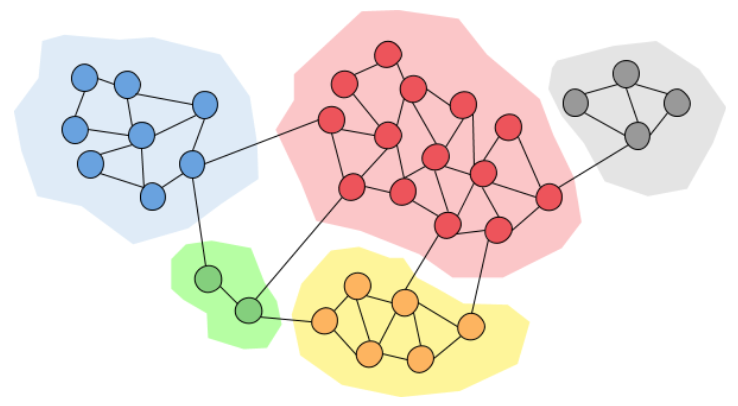None
The Paxos algorithm is a consensus protocol used to achieve agreement among distributed nodes in a network. It is fault-tolerant, meaning it can continue to function even if some nodes fail or crash. The three main steps of the algorithm are: proposal, acceptance, and learn. Nodes receive the proposal and decide whether to accept or learn the value proposed. The proposer waits for a period of time before re-proposing the value if there is no majority agreement.The advantages of Paxos include fault tolerance, consistency, partition tolerance, and scalability. However, it can be slow, particularly in large systems with many nodes, and can be complex to implement and understand.In summary, Paxos is a widely used consensus protocol that ensures agreement among distributed nodes in a fault-tolerant manner, but can be slow and complex to implement.





